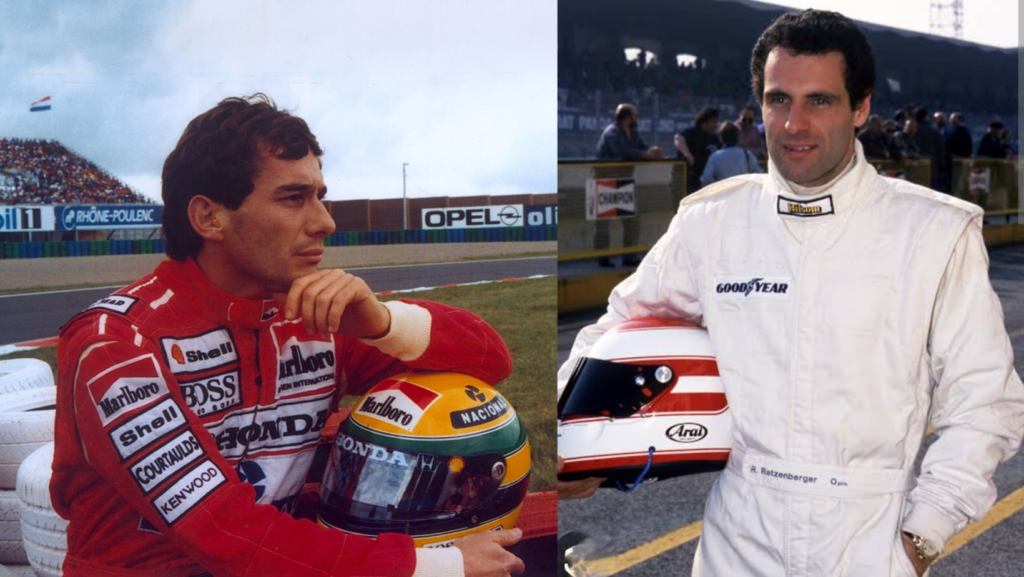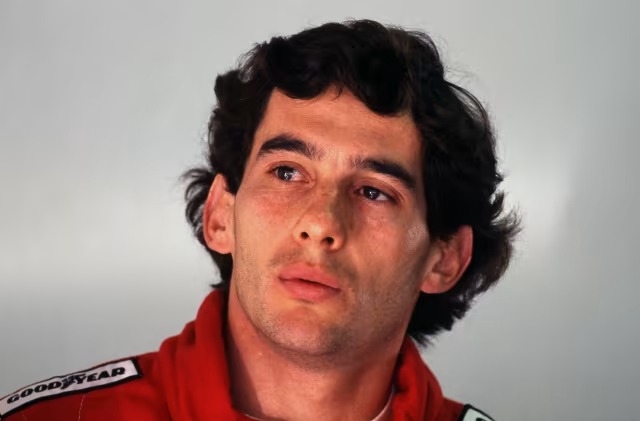
WARNING: MOTORSPORT CAN BE DANGEROUS. This is one signage which you will notice at even the smallest racing circuit, be it karting, nascent racing or high-octane Formula One. Who would have known this warning would indeed foreshadow pain and agony.
Some dates are unforgettable, despite being unpleasant and having left you with horrible memories. May 1, 1994 was one such, for Ayrton Senna, the most-loved of Formula One drivers, was killed on this date at the San Marino Grand Prix. A day before, there had been the first shock, when Austria’s Roland Ratzenberger succumbed to his injuries after a crash. Competing in just his third F1 Grand Prix, Ratzenberger ran wide and off the road at the Acque Minerali chicane, apparently damaging the front of his car. In quick time, what followed was disaster.
On the following lap, he approached the flat-out Villeneuve kink where his front wing failed. His Simtek beast went into the barrier at approximately 320 km/hr. Death was instantaneous.
There are thousands of stories to read about how Senna died, about how he left millions in tears. But then, to relegate Ratzenberger to a footnote was unfair. He had waited for his time to break into F1, a sport where only the best make it to the starting grid. To be killed in just his third F1 GP was just cruel.
Even as one remembers Senna, then Ratzenberger deserves a mention first, because today marks his demise 30 years ago. To be sure, what happened to him was not something unnatural. Motorsport is life and death every second you are at the wheel, be it a Formula car or a bike. Just that when the moment comes, it leaves you numb.
Indeed, Senna was the hero, the legend. Someone who made a few fans believe the sport itself would die after his body was lowered into the coffin. Sadly, sport is cruel, and F1 has always been a circus where the ring master makes the money and so do team principals. Someone like Bernie Ecclestone probably does not know how many zeroes there are in his bank balance, even today. But then, Ecclestone oversaw two deaths in the space of little over 24 hours – Ratzenberger and Senna – after the infamous incident of Rubens Barrichello being shunted out offered an ominous hint of what was to happen at Imola three decades ago.
Looking back, this was the most-jinxed F1 race in history. The sad part was that while Senna was given a send-off befitting his star status, just around five or seven people were there when Ratzenberger was lowered into the grave.
This generation of F1 fans, who have more access to the races, simulators, track layouts and all the jargon associated with the sport, knows how it works. Yet, they may not fathom the pain fans felt, the media included, when Senna was killed. It was a horror show, and perhaps one which could have been avoided.
It is well chronicled that Senna made a call to his girlfriend on April 30, 1994 evening from his hotel. He told her he was not going to race the following day. For a man who ate up the miles at a crazy speed on the F1 track without the fear of death, he was pensive in the hours after Ratzenberger’s tragic accident.
Thousands of people have visited Room 200, Hotel Castello, on the outskirts of the pretty little spa town of Castel San Pietro Terme, some distance from Bologna. On May 1, 1994, Senna had not planned to leave the room. He went for the race and never returned to that room, which is now like a memorial, well preserved. People still go to the hotel, for that’s the kind of personality Senna was.
At the same time, the Senna bust at the spot where he was killed stands for posterity. Did Senna have a premonition about death or was he just emotional, God only knows. What the world watched was his Williams car’s steering column fail as he went into a concrete wall on the seventh lap, at the notorious Tamburello curve.

Yes, F1 is safe these days, in a relative sense. Not in the time of Senna, a young Michael Schumacher and Alain Prost. The good thing is that F1 junkies know all these names, as this is a sport where details are not as voluminous as cricket. F1 fans are die-hards, like the race drivers who face death every second.
Racing three decades ago was pure, pristine and raw. The guys who went flat out did not care about life or death. They embraced speed the way a heavyweight boxer gloved up for a real slugfest inside the ring. At least in boxing, the referee can stop the contest.
Not in F1.
Once the car is launched, drivers are not going to return to the pit unless there are issues with the car or the race has been red-flagged. Senna and Ratzenberger taking the stairway to heaven was least expected three decades ago.
Why do we remember this date? Well, for anyone who has watched for the speed, thrill and daring, Senna was king of the track. He was daring, and had the looks and the skills to leave rivals trailing in intense action spread over more than 300 kms on racing weekends.
There was an issue with the Williams car that led to the crash. For someone who was daring to the point of being ruthless at the wheel, Senna was not going to slow down from approximately 300 km/hr, downshift and drop to around 200 km/hr. It was at that speed that he hit the concrete barrier.
The race marshals removed Senna from the wreckage and doctors onsite did an operation called tracheostomy to clear the air passage. Later, telemetry data revealed how Senna had lost control and was killed.
“He looked serene,” said Sid Watkins, the neurosurgeon on track. “I raised his eyelids and it was clear from his (eye) pupils that he had a massive brain injury. We lifted him from the cockpit and laid him on the ground. As we did, he sighed and, although I am not religious, I felt his spirit depart at that moment.”
Senna was airlifted in a helicopter. Maybe his heart had already stopped beating. Many millions of others sank around the world that day, 30 years ago. Mercifully, there was no social media then. Images of the crashes and Senna and Ratzenberger have never been put out in public domain. But they remain in our hearts.
RIP.
Nico Hulkenberg’s Move to Audi’s F1 Venture and the High-Stakes Driver Market Shuffle! Who will emerge as the ultimate winner in this game of racing chess? #F1 #AudiF1@gargiraut15 analyses the whirlwind driver’s market https://t.co/UZPz0mseZG
— RevSportz (@RevSportz) April 27, 2024